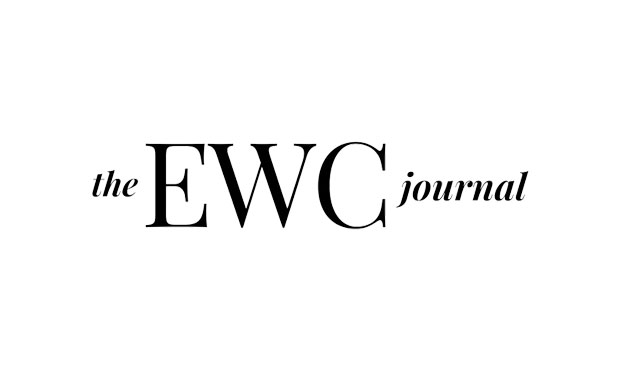By: Hannah Sang
Mask wearing remains a highly debated topic among citizens of the United States since the beginning of the coronavirus pandemic. Public health officials have now encouraged people to follow mask-wearing protocols, but certain people feel like their freedoms are being violated by doing so.
On Friday, January 31, 2020, during the U.S. Centers for Disease Control and Prevention (CDC)’s coronavirus telebriefing, Dr. Nancy Messioner, the Director of CDC’s National Center for Immunization and Respiratory Diseases, said: “We do not currently recommend the use of face masks for the general American public. This virus is not spreading in your communities. While it is cold and flu season, we don’t routinely recommend the use of face masks by the public to prevent respiratory illness, and we are certainly not recommending that at this time for this novel virus.”
On April 3, the CDC officially published a statement reversing their original advice about mask-wearing. The new statement on the CDC website read: “CDC recommends that people wear masks in public settings and when around people who don’t live in your household, especially when other social distancing measures are difficult to maintain.” Americans went from ignoring face masks to purchasing millions of dollars worth of face masks within the month of April.
However, the reversed face mask guidance did not sit well with many people. Siouxsie Wiles, an infectious-diseases specialist at the University of Auckland in New Zealand, lost his trust in the CDC and stated they had no credibility. Masses of people are protesting about mask-wearing on social media; President Donald Trump and multiple Republican lawmakers also have not partaken in mask-wearing.
The CDC surveyed 4,042 adults throughout the United States from May 5 to May 12 to get an estimate of how many people were helping combat the coronavirus by wearing masks. While the majority of people followed the new guidelines, the survey showed that 17.1% of the participants did not wear a mask or rarely wore a mask in public. Therefore, about 691 people out of the 4,042 survey respondents didn’t follow mask recommendations.
States like California are responding to this situation by making mask-wearing mandatory in all public places. Other states like Texas aren’t requiring people to wear any sort of face covering, but some counties within the state are. However, in Nebraska, Governor Pete Ricketts has blocked all city and county level efforts of wearing masks in public.
To ascertain that face masks will help the general public, public health officials have been gathering data about the efficiency of face mask protection. Matthew Staymates, a mechanical engineer and fluid dynamicist at the U.S. National Institute of Standards and Technology in Gaithersburg, MD, usually works on devising ways to discover narcotics and other illegal substances in the air. He missed experimenting due to his mandatory and daily telework, so he convinced his supervisors to let him test the air trajectory of different cloth masks.
Staymates filmed himself coughing using 26 different cloth masks each made out of a common sewing fabric like lightweight flannel and cotton. Using high-speed visualizations, he found which masks blocked air trajectory when coughing or talking. He concluded that any face-covering could partially block the number of droplets from a cough; in theory, masks worn on the nose, cheeks, and chin would be the most effective at blocking a virus.
For maximum efficiency, masks made out of optimal materials that are fitting to one’s face are the best purchase for consumers. Insubstantial face masks may only filter out 20-50% of particles, while the most high-quality cloth masks can filter out 80%. According to Abba Gumel, a mathematical biologist at the Arizona State University in Tempe, surgical masks could prevent 70 to 90 percent of infectious particles from reaching the wearer, and N95 masks filter out more than 95 percent of particles.
There is also further proof that mask-wearing is effective; George Wehby and Wei Lyu, health policy researchers at the University of Iowa in Iowa City, tracked coronavirus case counts in 15 states and Washington D.C from April 8 to May 15. All of these locations mandated masks in public areas during these times. On June 16 in the journal Health Affairs, Wehby and Lyu published that daily case counts decreased by 2% daily in states that required each person to wear a mask, and within that period of time, Americans managed to stop 230,00-450,000 people from getting infected.
“There’s a general consensus now that masks work, and research is supporting that. Going forward, masks are an alternative to some of the strict social distancing measures. They don’t replace [social distancing], but where social distancing cannot be enacted, mask use makes common sense.” Wehby said.
Sources:
https://drive.google.com/drive/u/0/folders/1BH88F1UMfdev8DYZnVjnlHmmKLLSzbj1
https://www.nbcnews.com/health/health-news/live-blog/2020-04-03-coronavirus-news-n1175641
https://www.cdc.gov/media/releases/2020/p0714-americans-to-wear-masks.html
https://www.washingtonpost.com/world/2020/06/25/face-masks-america-divided/
https://www.cdc.gov/media/releases/2020/t0131-2019-novel-coronavirus.html
https://www.cdc.gov/media/releases/2020/t0131-2019-novel-coronavirus.html
https://www.cdc.gov/mmwr/volumes/69/wr/mm6924e1.htm?s_cid=mm6924e1_w











